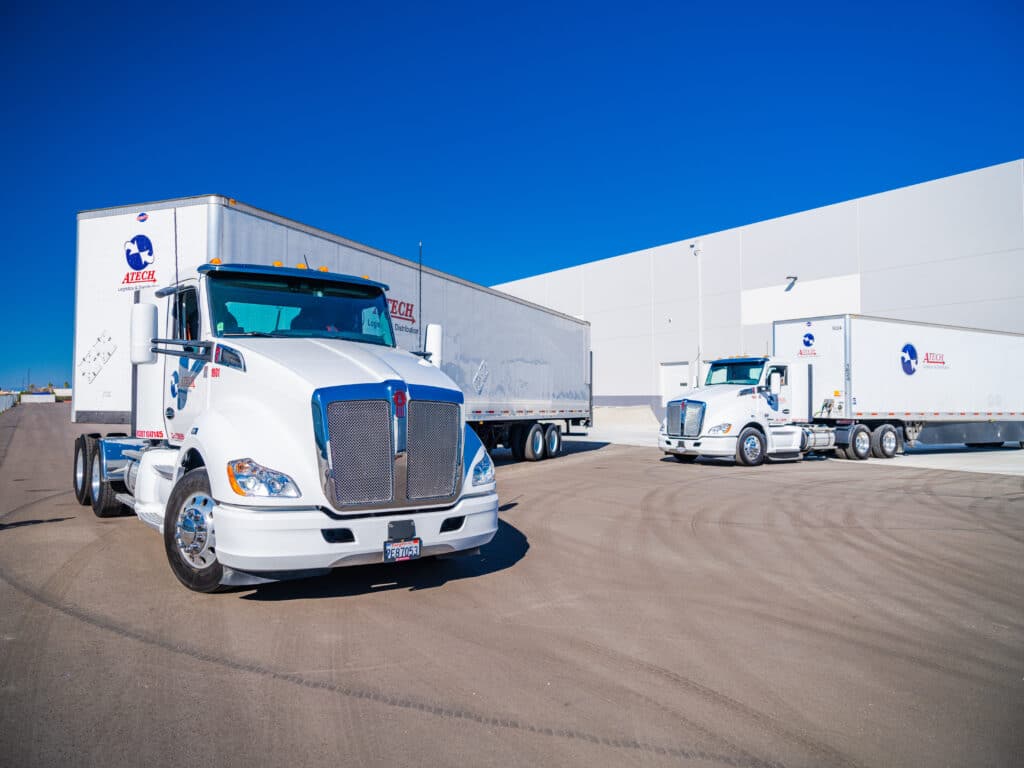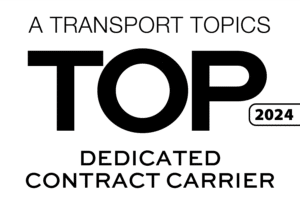
Women’s International Month is the perfect time to celebrate and acknowledge women truck drivers who continue to advance and succeed in the supply chain industry.
According to the American Trucking Association, in 2019 women made up 47% of the United States’ labor force, 24% of the trucking workforce, and only 7% of truck drivers.
Reports in the last couple of years have shown that the trucking industry is facing a shortage of truckers of as many as 100,000 drivers by 2023. With such a challenge on the horizon, the supply chain is in desperate need to recruit truckers. Recruitment efforts are commonly being focused strongly on women.
Legislation for Women Truck Drivers
To improve numbers and diversity in the industry, nonprofit organizations, trade groups, and even the government are coming up with ideas to support women going into the trucking industry. One of the popular initiatives in states like Oregon and New York is the funding of certifications for female drivers.
In 2021, the Promoting Women in Trucking Workforce Act was reintroduced by members of the Senate Committee on Commerce, Science and Transportation, U.S. Sens. Tammy Baldwin (D-Wisc.), Jerry Moran (R-Kans.), Deb Fischer (R-Beb.), and Jon Tester (D-Mont.). The goal of the legislation was to have the Federal Motor Carrier Safety Administration (FMCSA) establish a Women of Trucking Advisory Board to identify obstacles women face when entering the trucking industry, work with companies and organizations to provide formal education and training, and identify and implement mentorship programs for women in the industry.
The bill was first introduced in 2019, and also looks to get information back from the board, based on their findings.
The support for the legislation has been strong and consistent by organizations whose goals align with the bill. Some of these organizations are the American Trucking Associations, Women in Trucking Association, and the Owner-Operator Independent Drivers Association.
“The fact is that women remain underrepresented in the industry,” shared American Trucking Associations Senior Vice President Edwin Gilroy. “The Promoting Women in Trucking Workforce Act represents a tangible step toward a stronger and more diverse trucking workforce.”
In October of 2021, the Biden administration and the Department of Transportation and Labor committed to support and expand access to quality truck-driving jobs, including and highly focusing on underrepresented communities, such as women. The commitment is to respond to the current crisis in demand for truck drivers, but it is also intended to continue to serve in the years ahead looking to make a permanent impact in the industry.
As part of the Driving Good Jobs initiative by the DOT and DOL, a new Women and Trucking Task Force will strategize to support the recruitment of women into the field, and make sure that those in the workforce have safe and adequate places to rest.
Safety for Women in Trucking
Safety is certainly one of the concerns for many women looking to go into truck driving. As more women enter the workforce, it becomes more apparent the need for caution.
Due to the lack of diversity, many times women drivers are paired with male drivers during their training process. It is during those times that many women truck drivers have reported being victims of sexual harassment. According to Desiree Wood, president of Real Women in Trucking, women have been victims of rape, harassment, and retaliated against if they speak up and report the issues.
Efforts have been put in place to ensure women are safe and supported while navigating the workforce in such a male-dominating industry. Studies by the Federal Motor Carrier Safety Administration have provided key information to understand the problem and help come up with solutions.
Benefits for Women
Trucking brings tremendous benefits to women. Overcoming stereotypes of a male-dominated industry and resistance from spouses and family members can be part of the challenge when aiming to get into the workforce. However, those who are able to overcome such obstacles have reported finding tremendous benefits. Female truck drivers have reported feeling fulfilled, empowered, and accomplished by being able to hold such jobs to help provide for their families.
Some of the strongest supporters of women truck drivers tend to be fellow school students, male friends, and significant others. To support their decision to get into the trucking industry, they have consistently joined them on the road and supported their training.
“You can change your life and make great money at this job,” said Desiree Wood, president of Real Women in Trucking. “You are going to feel like you have a job with purpose”.
Supporters and Advocates
Real Women in Trucking is one of the nonprofit organizations in the industry focused on the empowerment of women in trucking promoting advocacy, awareness, education, and community for women in the industry. Their efforts are focused on safety, mentorship, and industry transparency.
Women in Trucking, led by their president Ellen Voie, is another organization focused on bringing gender diversity to transportation.
Several organizations, companies, and the government are interested in helping women join and stay in the trucking industry. There are efforts in place to make it a safe environment full of opportunities for both, men and women.
For those women wanting to join the industry, sexism, stereotypes, or even the small percentage of women in the workforce, should not be an impediment to doing it. The most common advice given by experts, including organization leaders and actual women truck drivers, is to ask as many questions as possible beforehand.
The largest turnover in the trucking industry happens within the trucker’s first year, and one of the main reasons many decide to quit after a few months is because their expectations did not meet the reality of the demands of the job. It is imperative to know and understand the industry first, the costs associated with leasing a truck, and the way wages are structured.
Women are finding great success in the workforce, and are helping fill the gap in the supply chain industry.

